Detailed Financial Analysis: ANZ and Commonwealth Bank Performance
VerifiedAdded on 2023/06/13
|7
|909
|255
Report
AI Summary
This report provides a detailed financial statement analysis of ANZ and Commonwealth Bank, utilizing horizontal, vertical, and ratio analyses to derive key insights and recommendations. The analysis reveals that while both banks have maintained relatively constant revenue bases, their gross profit percentages have increased, with Commonwealth Bank showing a slightly higher margin. ANZ's return on equity has significantly declined due to a drop in net profit attributable to shareholders, while Commonwealth Bank's has remained fairly stable. The report highlights Commonwealth Bank's higher debt levels and gearing ratio, posing risks from a shareholder's perspective, and suggests reducing debt proportion. Cash flow issues are identified in Commonwealth Bank's operating activities, contrasting with ANZ's stable cash flow. Recommendations include strategies to increase revenue, control expenses, manage debt, and stabilize tax and debt components to enhance shareholder security. Ultimately, while Commonwealth Bank has seen income and profit increases, its balance sheet indicates higher risk due to cash flow and debt capital, whereas ANZ demonstrates more stability across revenue, profit, and balance sheet status.
1 out of 7

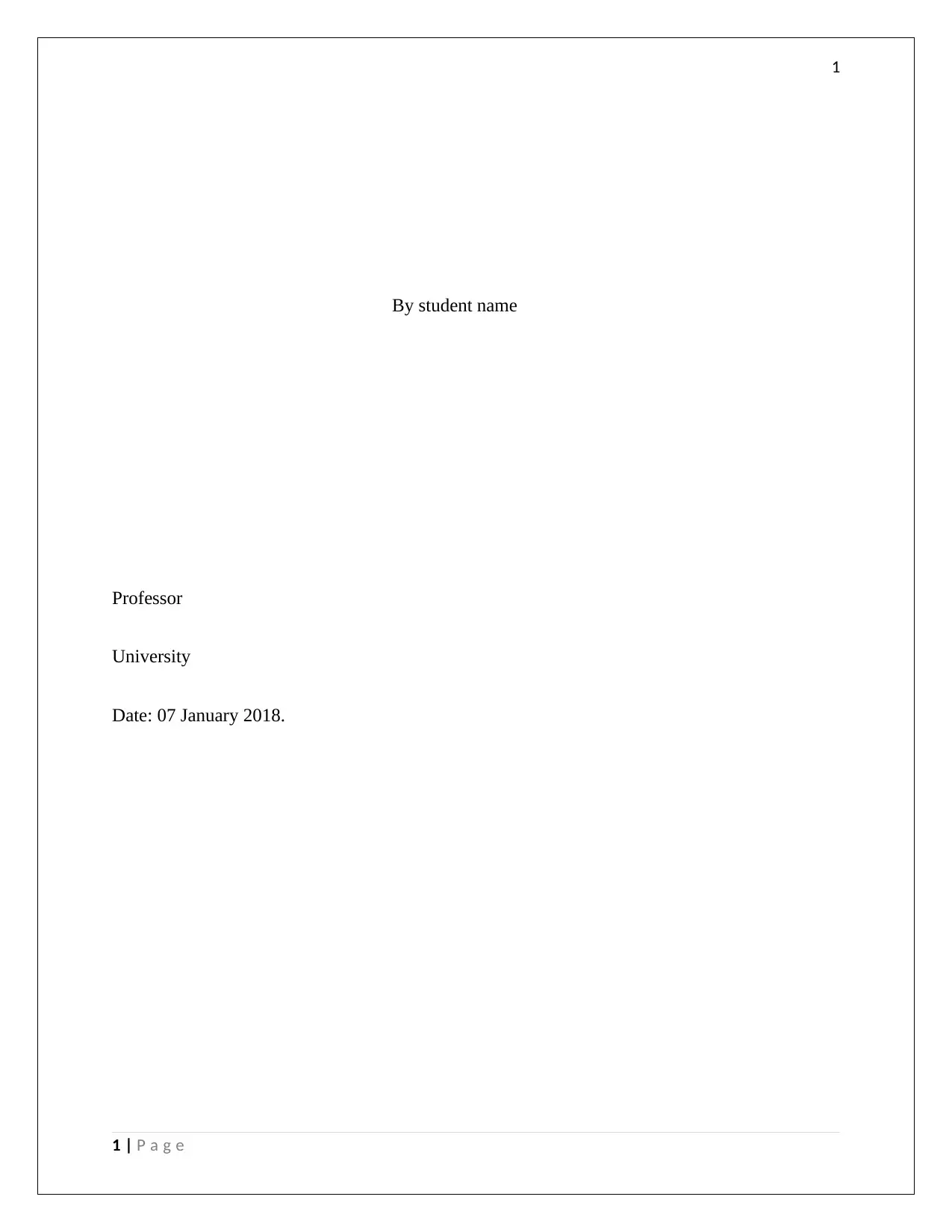
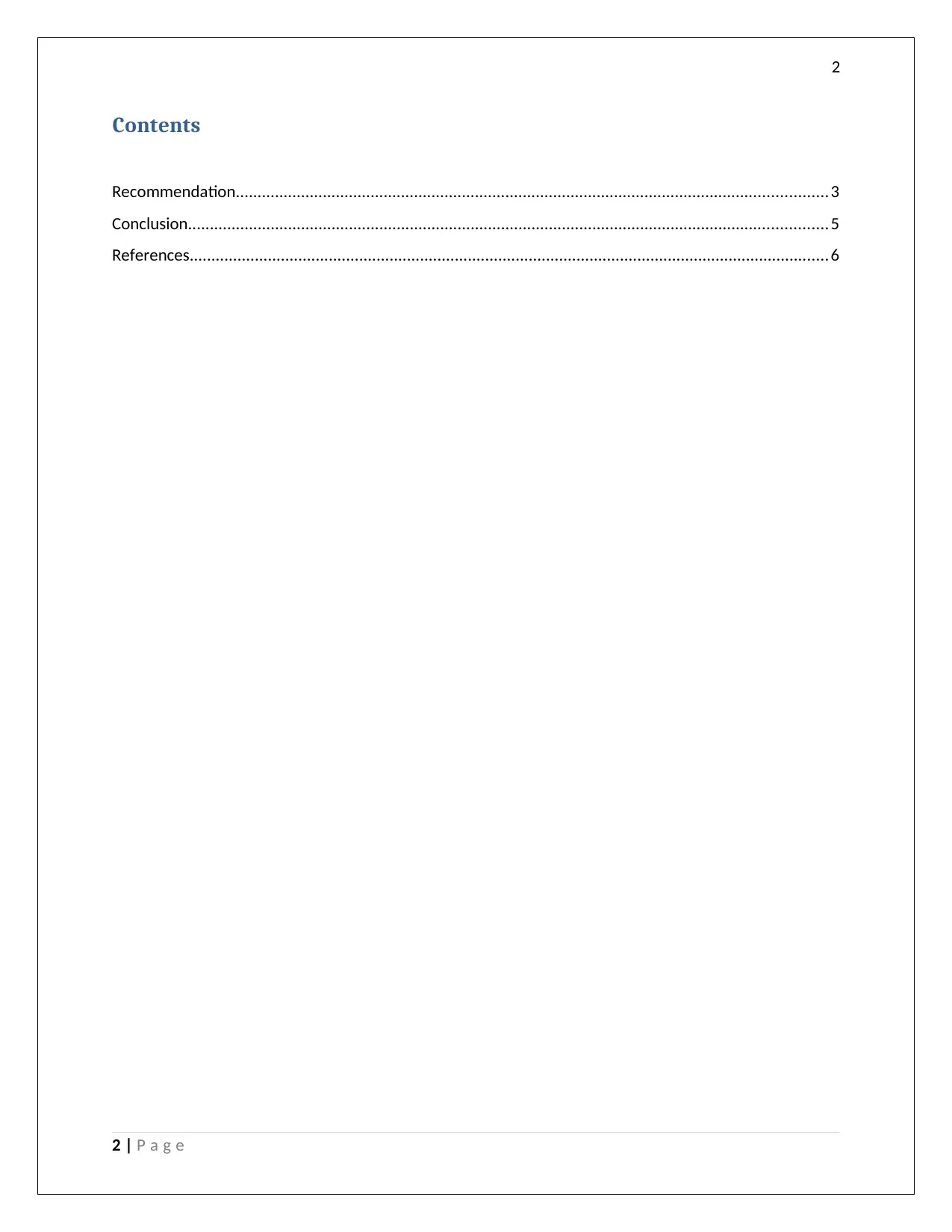

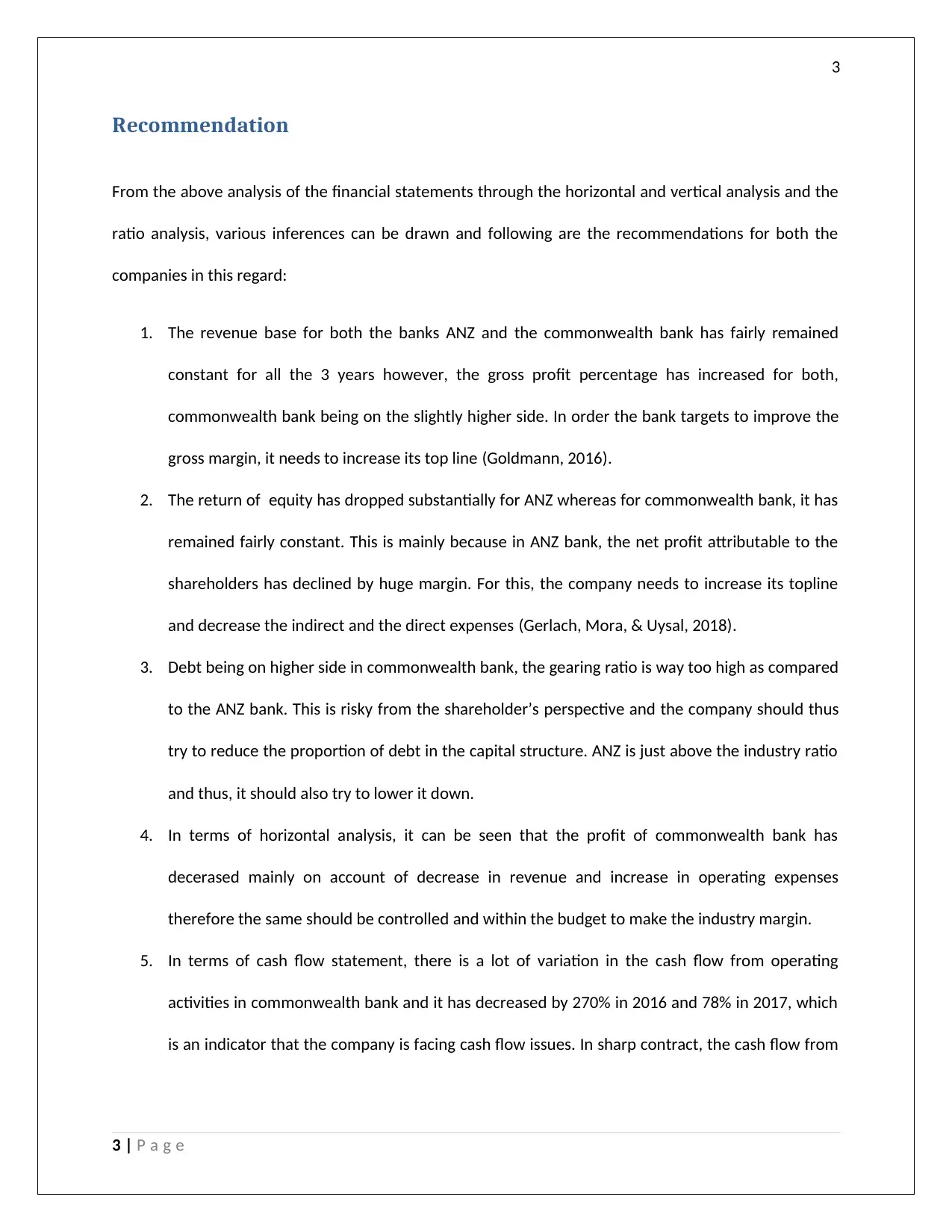
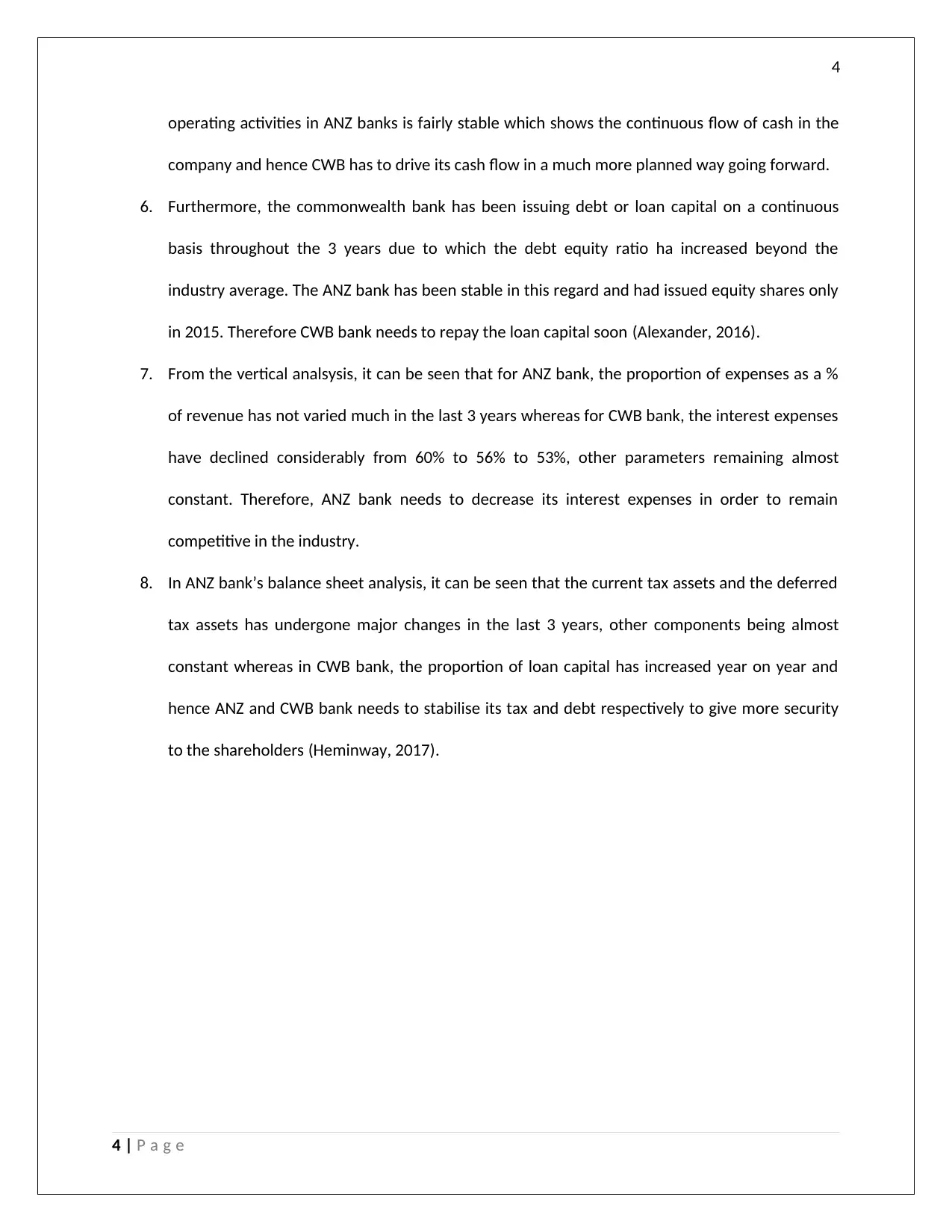
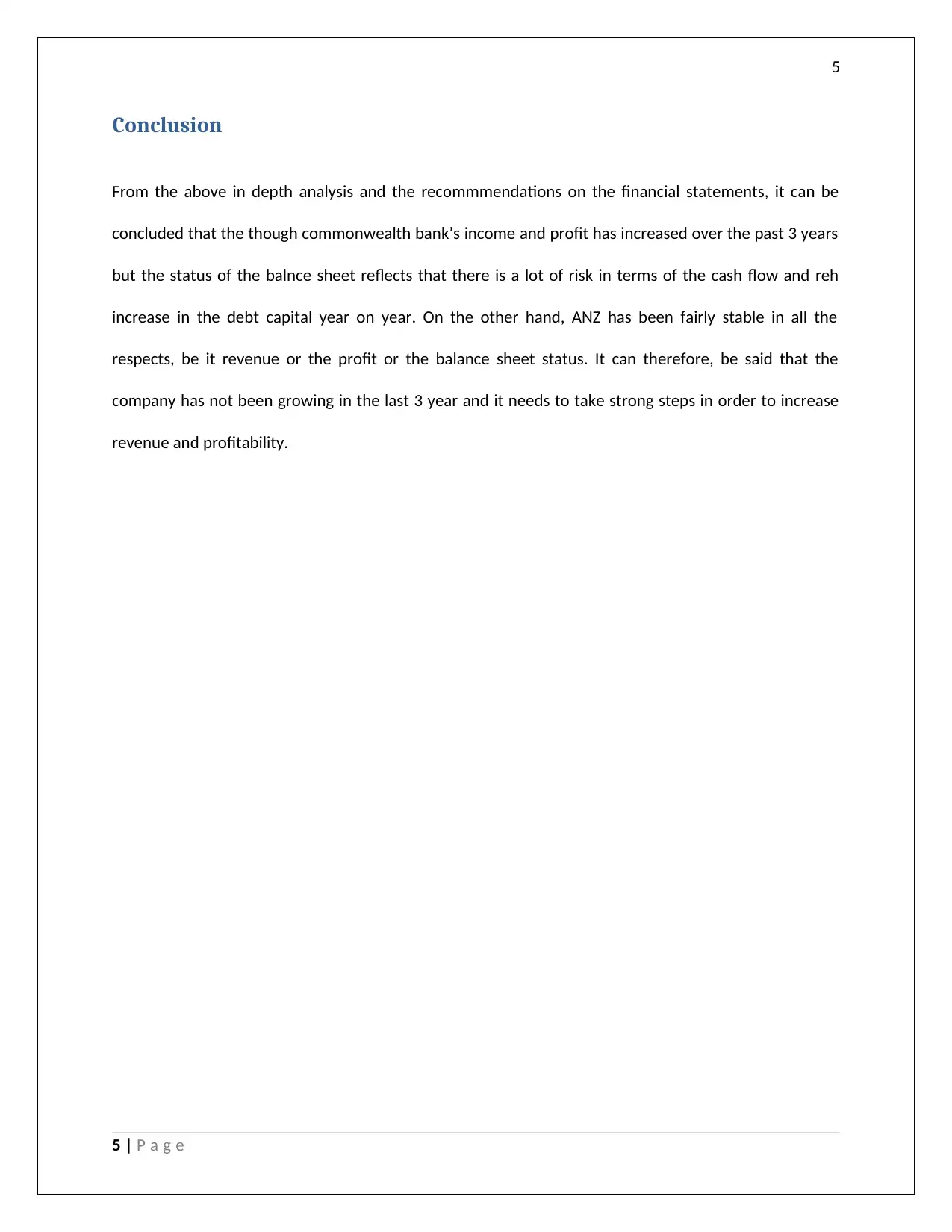
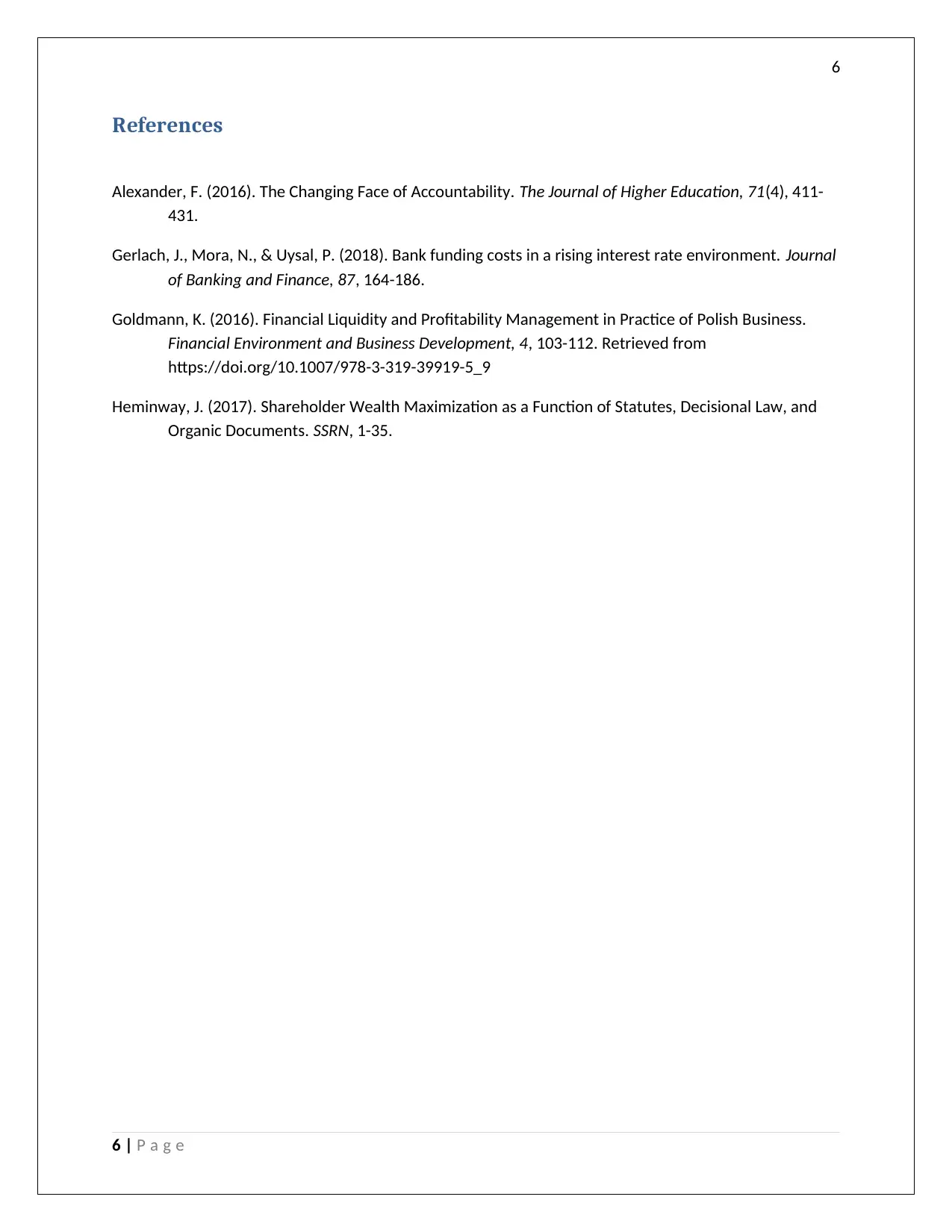





![[object Object]](/_next/static/media/star-bottom.7253800d.svg)